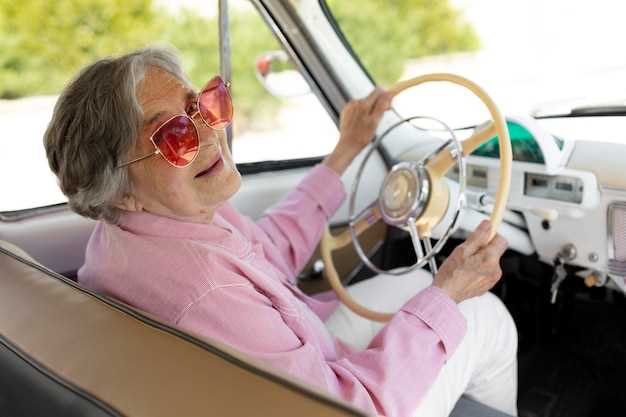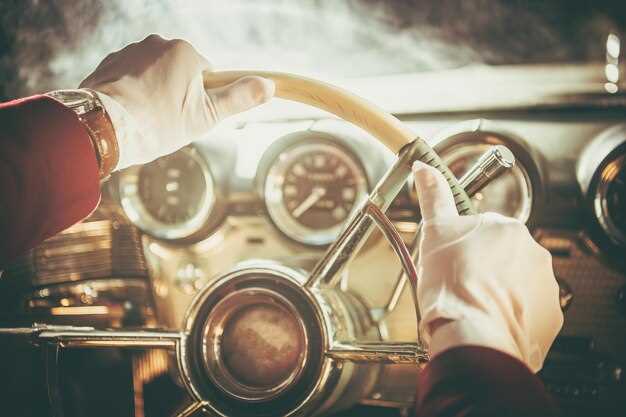
Owning a classic Japanese car is more than just a matter of personal choice; it’s a lifestyle that embraces a unique blend of nostalgia, craftsmanship, and driving pleasure. For many drivers, these vehicles represent a cherished connection to the past, bringing memories of a simpler time and a different approach to automotive design. Whether it’s the iconic curves of a Toyota 2000GT or the spirited performance of a Nissan Skyline GT-R, the experience of driving a classic car is both exhilarating and enriching.
However, the daily life of a driver of a classic car can present its own set of challenges and rewards. From understanding the maintenance needs specific to older models to navigating the balance between preservation and performance, there are several key insights to consider. Each journey in a classic Japanese car is filled with the potential for adventure, whether it’s a weekend road trip or a daily commute through the city streets.
In this article, we will delve into practical tips for maintaining your classic Japanese car, explore common issues that drivers face, and share insights on how to fully embrace the lifestyle that comes with these timeless machines. Join us as we celebrate the art of classic car ownership and discover how these remarkable vehicles can enhance your daily life.
Maintaining Reliability in Your Classic Japanese Daily Driver
Classic Japanese cars often embody the perfect blend of nostalgia and performance, making them excellent candidates for daily driving. However, maintaining their reliability requires careful attention and regular upkeep. Here are essential tips to ensure your classic car remains a dependable daily driver.
First, establish a consistent maintenance schedule. Regular oil changes, fluid checks, and filter replacements are crucial for optimal engine performance. Pay special attention to the type of oil you use; select a high-quality, appropriate viscosity that suits your vintage engine’s needs.
Next, keep an eye on the electrical system. Older vehicles can experience wiring issues, so inspect connections, fuses, and battery condition frequently. Upgrading to modern components may enhance reliability while preserving the car’s classic aesthetic.
Tire health is another vital aspect. Inspect tread depth and ensure proper inflation to improve fuel efficiency and handling. Consider rotating tires regularly to promote even wear, giving you peace of mind during your daily commutes.
Brake system maintenance is paramount for safety and reliability. Check brake pads, rotors, and fluid levels routinely. If you notice any unusual noises or reduced responsiveness, address these issues promptly to avoid further complications.
Cooling systems must be monitored closely, as overheating can severely damage an engine. Inspect hoses, the radiator, and water pump regularly, and replace any worn components. Flushing the coolant system every few years can help maintain optimal performance.
Lastly, embrace the spirit of classic car ownership by joining enthusiasts’ forums or clubs. Sharing experiences and tips with fellow owners can provide insights into unique issues related to your specific model, ensuring your classic Japanese car remains a reliable daily driver for years to come.
Choosing the Right Parts and Services for Classic Japanese Cars

Maintaining a classic Japanese car requires careful consideration when it comes to selecting parts and services. The unique characteristics of these vehicles mean that not all generic components will suffice for daily use. It’s essential to source high-quality, authentic parts that align with the original specifications of the car.
Begin by researching reputable suppliers that specialize in classic Japanese vehicles. Look for vendors who provide OEM (Original Equipment Manufacturer) parts, as these pieces ensure a proper fit and reliable performance. Networking with enthusiast communities, such as online forums and local car clubs, can also lead to valuable recommendations for trusted sources.
Another important aspect is ensuring that the services you choose for maintenance and repairs are experienced in handling classic cars. Technicians familiar with the nuances of vintage models will better understand how to address specific issues that may arise, preserving the integrity of your vehicle. Ask to see certifications or examples of previous work to gauge their expertise.
When considering upgraded or aftermarket parts, assess their compatibility and impact on vehicle performance. While upgrades can enhance functionality or aesthetic appeal, they may sometimes compromise the classic feel of the car. Stick to modifications that respect the original design and keep the essence of the classic driving experience intact.
Finally, keep regular records of all parts and services performed on the vehicle. This documentation will not only help with future maintenance but can also increase the resale value of your classic Japanese car. By staying organized and informed, you can enjoy a reliable daily driving experience while celebrating the heritage of your vehicle.
Safety Considerations for Daily Driving a Classic Vehicle

Driving a classic car on a daily basis can be an exhilarating experience, but it also comes with specific safety considerations that must be taken into account. These vintage vehicles often lack the advanced safety features found in modern cars, making it essential for drivers to adopt proactive measures.
Regular Maintenance is crucial. Classic cars require frequent checks of their braking systems, tires, and lights. Ensure that all components are in top condition to prevent malfunctions while driving. Regular inspections can help identify potential issues before they become serious problems.
Visibility is another essential factor. Classic vehicles typically have smaller windows and less advanced lighting systems. Consider upgrading to modern LED lights, and make sure that your windshield wipers work efficiently. Keeping your windshield clean is also vital for maintaining visibility in various weather conditions.
Safety Equipment should not be overlooked. While classic cars often lack airbags, you can enhance safety by investing in seat belts that meet current safety standards. Also, consider the addition of a fire extinguisher, especially if your vehicle uses older fuel systems.
When driving your classic car daily, be mindful of braking distances. Classic vehicles generally have longer stopping distances compared to contemporary models. Be sure to maintain sufficient space between your car and the vehicle ahead to allow for safe stopping.
Stay Aware of Other Drivers. Since classic cars may not accelerate as quickly or handle the same way as modern cars, it’s important to be vigilant about your surroundings. Anticipate the actions of other drivers and adjust your driving accordingly to avoid potential accidents.
Lastly, consider insurance coverage specific to classic vehicles. This can provide you with more comprehensive protection tailored to the unique needs and value of your car.
By addressing these safety considerations, you can enjoy the unique charm and driving pleasure of your classic vehicle while ensuring a safer daily driving experience.




